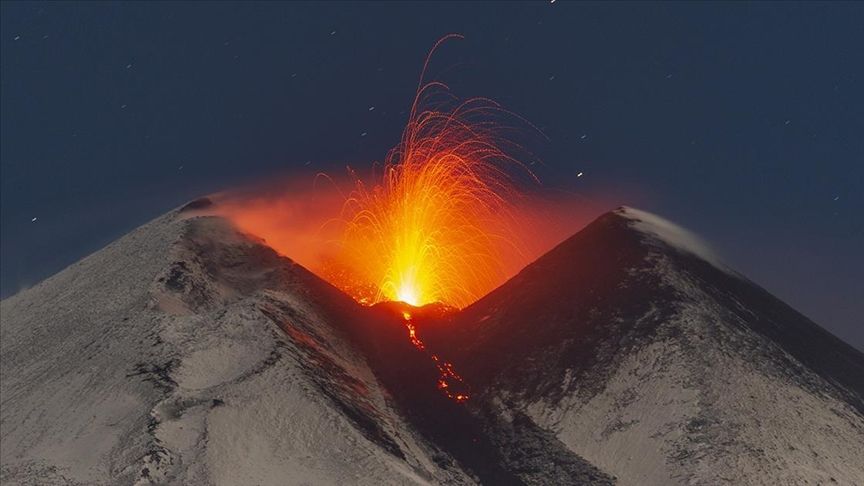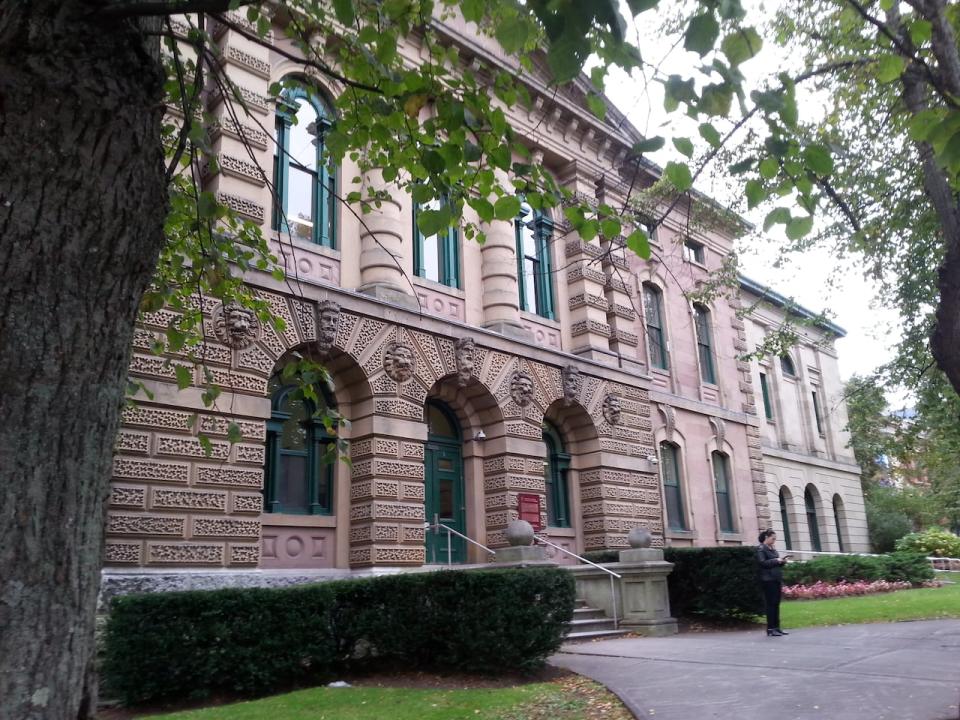The Increase in Nuclear Rhetoric on the Korean Peninsula is Deeply Concerning
In his remarks to the UN Security Council on Non -Proliferation/DPRK , November 27
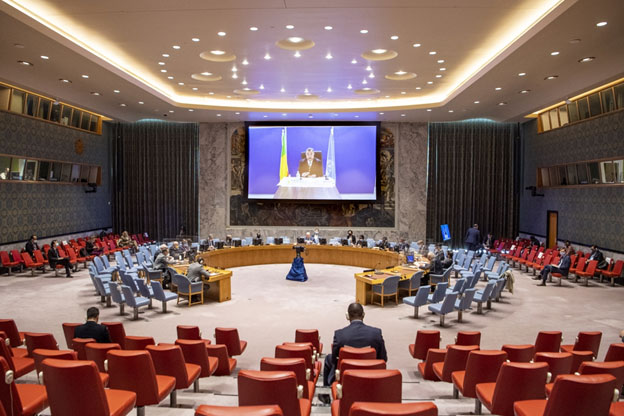
A Security Council meeting in progress. Credit: United Nations
- At 10:42 PM local time on 21 November, the Democratic People’s Republic of Korea (DPRK) launched a rocket “Chollima-1″ loaded with the reconnaissance satellite “Malligyong-1”, from the Sohae Satellite Launching Station.
The DPRK’s National Aerospace Technology Administration (NATA) announced that the rocket flew normally along the preset flight track and that the satellite entered orbit at 10:54 PM. It also announced that the DPRK would be “launching several reconnaissance satellites in a short span of time”.
This follows previous failed attempts on 31 May and 24 August this year, also using the “Chollima-1” rocket. The DPRK’s launches represent a serious risk to international civil aviation and maritime traffic.
While the DPRK issued a pre-launch notification to the Japanese Coast Guard, it did not issue airspace or maritime safety notifications to the International Maritime Organization, the International Civil Aviation Organization, or the International Telecommunications Union.
While sovereign states have the right to benefit from peaceful space activities, Security Council resolutions expressly prohibit the DPRK from conducting any launches using ballistic missile technology. On 21 November, the Secretary-General strongly condemned the launch of yet another military satellite using ballistic missile technology.
He reiterated his call on the DPRK to fully comply with its international obligations under all relevant Security Council 2 resolutions and to resume dialogue without preconditions to achieve the goal of sustainable peace and the complete and verifiable denuclearization of the Korean Peninsula.
The DPRK continues to implement its five-year military plan unveiled in January 2021. It should be recalled that developing a military reconnaissance satellite was part of the plan, along with various other weapons systems including so-called tactical nuclear weapons.
On 27 September, the DPRK adopted a constitutional amendment further enshrining its policy on nuclear forces in the Constitution. As such, the DPRK has consistently demonstrated its strong intention to continue pursuing its nuclear weapons and ballistic missile programmes, in violation of relevant Security Council resolutions. We emphasize once again our call on the DPRK to refrain from such actions.
The increase in nuclear rhetoric on the Korean Peninsula is deeply concerning. The Secretary-General has consistently noted that the only way to prevent the use of nuclear weapons is to eliminate them. All states must reinforce and recommit to the nuclear disarmament and non-proliferation regime built over decades, including the Treaty on the Non-Proliferation of Nuclear Weapons and the Comprehensive Nuclear-Test-Ban Treaty, which has yet to enter into force.
Pending the complete and verifiable denuclearization of the Korean Peninsula, it is imperative that the DPRK maintains the highest level of safety at its nuclear facilities. Mr. President, With growing tensions on the Korean Peninsula, the importance of re-establishing communication channels and off-ramps is essential, particularly between military entities.
Exercising maximum restraint is critical to avoid unintended accidents or miscalculations. We call on Security Council Members to unite and explore practical measures to halt the current negative trend, making full use of the tools of dialogue, diplomacy, and negotiation, while adhering to all Security Council resolutions.
On a separate note, I would like to highlight once again concerns regarding the humanitarian situation in the DPRK. The United Nations is ready to assist the efforts of DPRK in addressing the basic needs of its vulnerable populations. We continue to closely follow the easing of DPRK border restrictions and urge the DPRK to allow the unimpeded re-entry and rotation of the international community, including the United Nations Resident Coordinator and other international UN staff.
A collective return would positively impact international support to the people of the DPRK including on the implementation of the 2030 Agenda.
Khaled Khiari is UN Assistant Secretary-General for the Middle East and Asia and the Pacific.
IPS UN Bureau
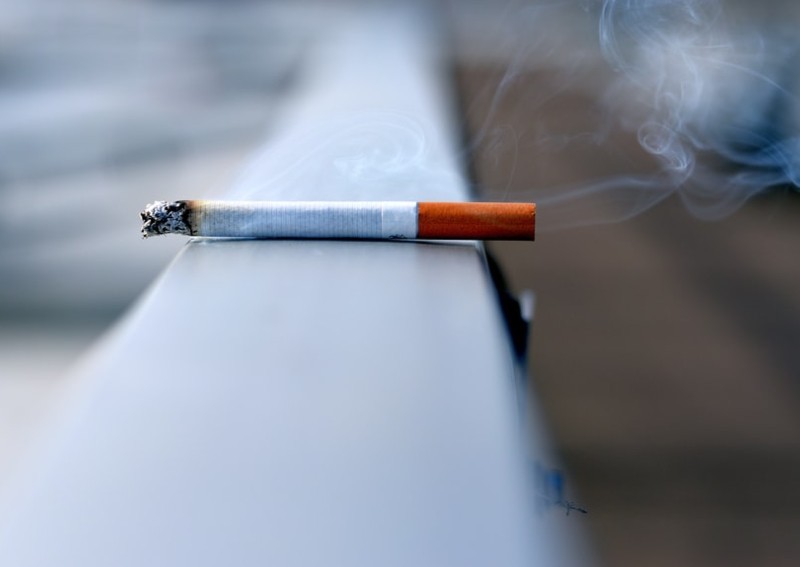
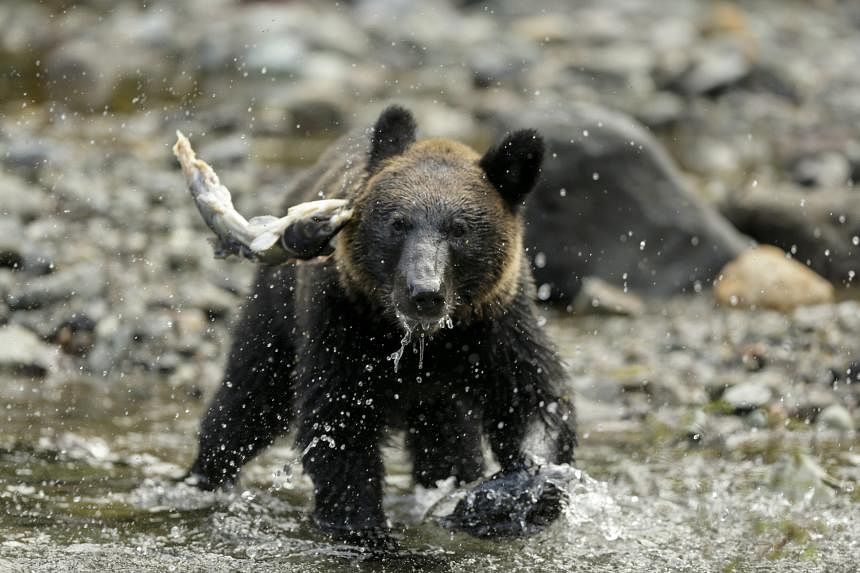

:quality(70)/cloudfront-eu-central-1.images.arcpublishing.com/thenational/2TN343UNKZHJJNPK6LHOE62GOQ.jpg)
:quality(70)/cloudfront-eu-central-1.images.arcpublishing.com/thenational/44WBCJFKW5HWDFGK3HWZFWLJLM.jpg)
:quality(70)/cloudfront-eu-central-1.images.arcpublishing.com/thenational/BMW7M5ZJ4NEJPGZJBTRMOCGPFQ.jpg)

